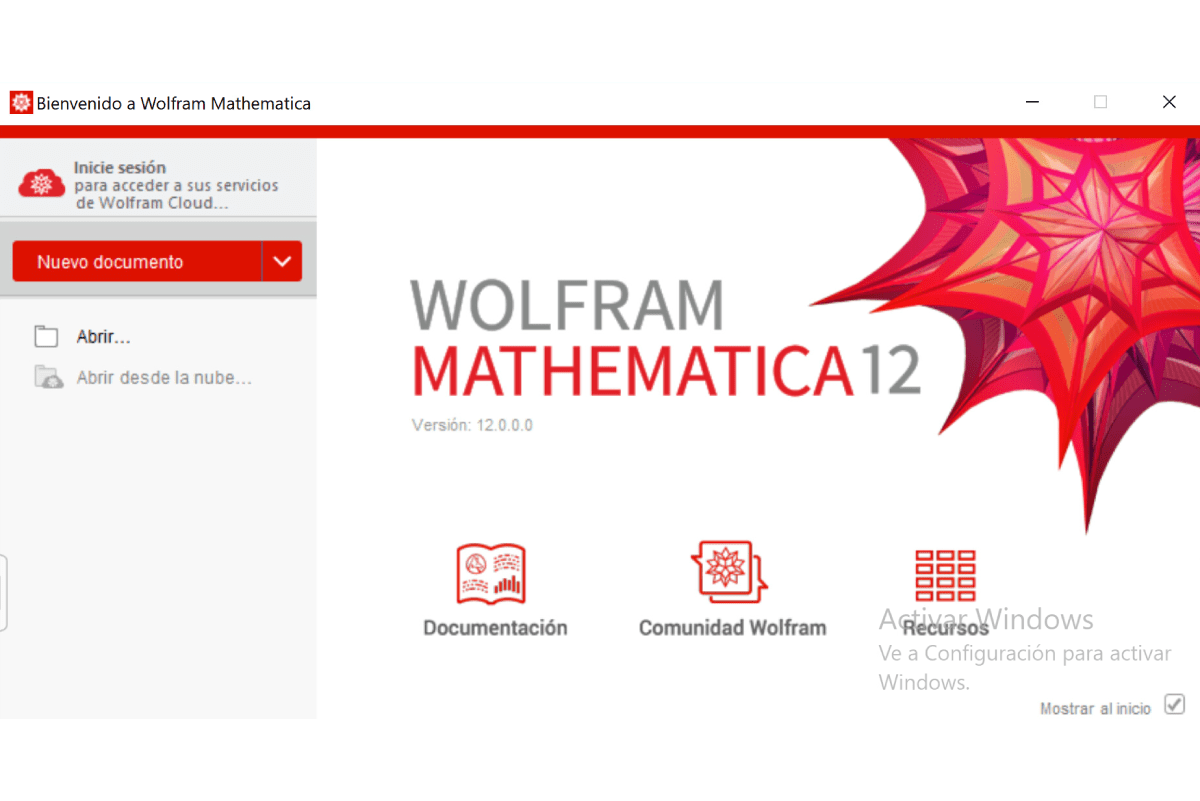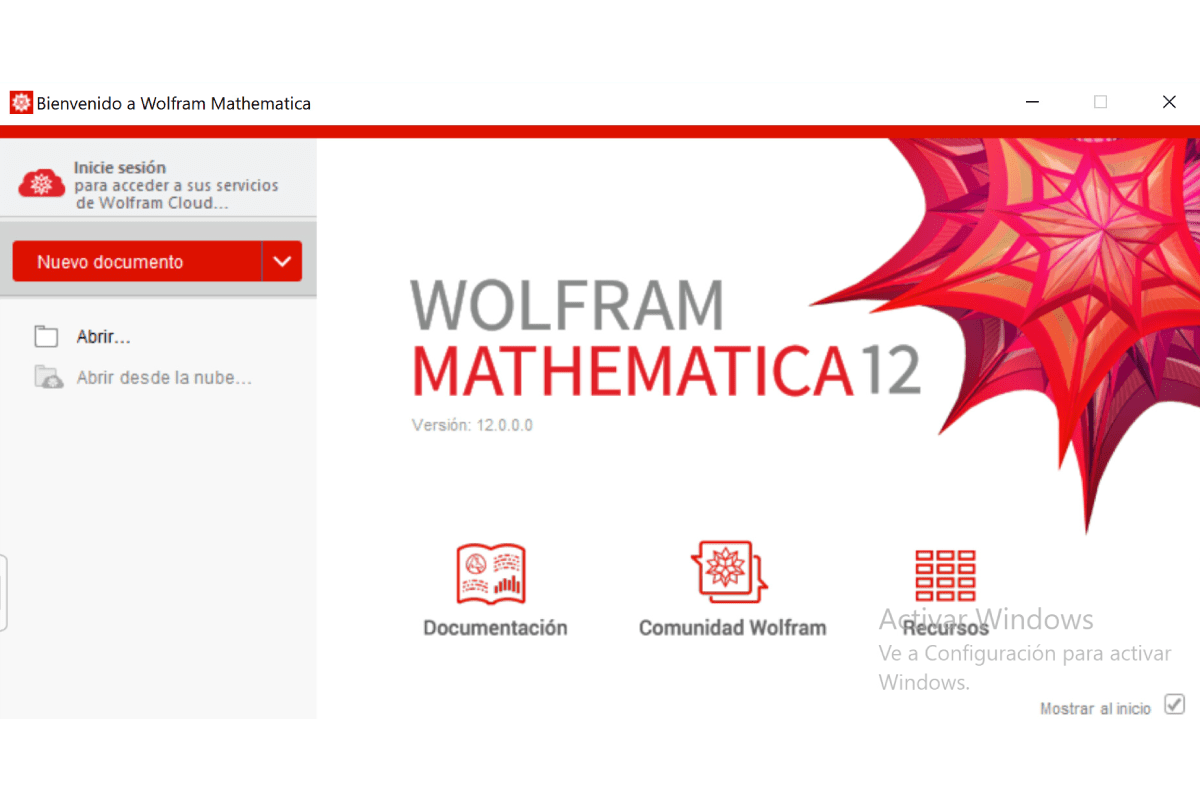Mathematica is a comprehensive software package that has revolutionized the way we approach computation and analysis. It provides a powerful environment for symbolic manipulation, numerical computation, data visualization, and programming, making it an indispensable tool for researchers, scientists, engineers, and students across various disciplines.
Table of Contents
Developed by Wolfram Research, Mathematica has been continuously evolving since its inception in 1988. Its versatility and user-friendly interface have made it a popular choice for tackling complex problems in mathematics, physics, engineering, finance, and other fields. With its extensive library of functions, Mathematica empowers users to perform sophisticated calculations, analyze data, create visualizations, and develop custom applications.
Mathematica


Mathematica is a powerful software system that combines symbolic computation, numerical computation, data visualization, and a wide range of other capabilities. Its comprehensive features make it an invaluable tool for researchers, engineers, and anyone involved in data analysis, scientific computing, and mathematical modeling.
Numerical Computation
Mathematica excels in numerical computation, offering a wide array of functions and algorithms for solving mathematical problems with high accuracy.
- High-Precision Arithmetic: Mathematica supports arbitrary-precision arithmetic, allowing calculations to be performed with a desired level of accuracy, surpassing the limitations of standard floating-point numbers.
- Numerical Integration and Differentiation: Mathematica provides powerful functions for numerical integration and differentiation, handling complex functions and providing accurate results.
- Linear Algebra: Mathematica offers extensive capabilities for linear algebra, including matrix operations, eigenvalue problems, and solving systems of linear equations.
- Differential Equations: Mathematica can solve a wide range of differential equations, both ordinary and partial, using numerical methods like the Runge-Kutta method and finite difference methods.
- Optimization: Mathematica includes algorithms for finding optimal solutions to constrained and unconstrained optimization problems.
Mathematica


Mathematica is a powerful and versatile software package used for a wide range of applications, from symbolic and numerical calculations to data visualization and programming. It offers a comprehensive environment for exploring mathematical concepts, solving problems, and developing innovative solutions.
User Interface
The Mathematica user interface provides a highly interactive and flexible environment for working with mathematical concepts. It features a notebook-based interface that combines text, code, graphics, and interactive elements.
- Strengths:
- Intuitive and user-friendly: Mathematica’s interface is designed to be accessible to users of all levels, from beginners to experienced mathematicians. Its intuitive design allows users to easily input and manipulate mathematical expressions, create visualizations, and explore results.
- Highly interactive: Mathematica’s interactive environment allows users to experiment with different parameters and see the immediate impact on results. This makes it an ideal tool for learning and exploration.
- Powerful visualization capabilities: Mathematica offers a wide range of tools for creating high-quality visualizations, including 2D and 3D plots, animations, and interactive visualizations. These capabilities are essential for understanding and communicating complex mathematical concepts.
- Extensible and customizable: Mathematica’s interface can be customized to meet individual needs. Users can create their own custom functions, palettes, and menus to enhance their workflow.
- Limitations:
- Steep learning curve: While Mathematica’s interface is intuitive, it can be challenging for beginners to learn all of its features and functionalities. Mastering the software requires a significant investment of time and effort.
- Resource-intensive: Mathematica is a resource-intensive software package, requiring a powerful computer system to run efficiently. This can be a limitation for users with limited computing resources.
- Limited support for collaborative work: While Mathematica offers some tools for collaborative work, its interface is not optimized for real-time collaboration. This can be a drawback for teams working on complex projects.
Documentation and Resources
Mathematica comes with comprehensive documentation and resources to help users learn and master the software.
- Built-in documentation: Mathematica’s documentation is integrated into the software itself, making it easily accessible. Users can access detailed information on all functions, commands, and features through the built-in help system.
- Online resources: Wolfram Research, the company behind Mathematica, provides a wealth of online resources, including tutorials, examples, and a vast collection of documentation. These resources are available on the Wolfram website and through the Wolfram Alpha knowledge engine.
- Community support: A vibrant community of Mathematica users exists online and offline, providing support, sharing tips and tricks, and collaborating on projects. Online forums, social media groups, and user conferences offer opportunities for users to connect and learn from each other.
User Community and Support
Mathematica users benefit from a strong and active community that provides support, collaboration, and knowledge sharing.
- Online forums: Numerous online forums dedicated to Mathematica provide a platform for users to ask questions, share solutions, and engage in discussions.
- Social media groups: Social media groups dedicated to Mathematica offer another avenue for users to connect, share information, and participate in discussions.
- User conferences: Wolfram Research hosts annual user conferences where users can attend workshops, presentations, and networking events.
Mathematica: Examples and Case Studies
Mathematica is a powerful tool that finds applications across various domains, from scientific research to financial modeling. It provides a comprehensive environment for symbolic and numerical computation, visualization, and data analysis. This section delves into real-world examples and case studies showcasing Mathematica’s versatility and its impact on solving complex problems.
Scientific Research, Mathematica
Mathematica is widely used in scientific research, particularly in fields like physics, chemistry, and biology. It allows researchers to perform complex calculations, analyze experimental data, and visualize results.
- Particle Physics: Mathematica plays a crucial role in particle physics research, helping physicists simulate and analyze complex particle interactions. For instance, researchers at the CERN laboratory use Mathematica to model the behavior of particles in the Large Hadron Collider (LHC), enabling them to understand fundamental forces and particles in the universe.
- Astrophysics: Astrophysicists leverage Mathematica to model celestial objects and phenomena. For example, Mathematica is used to simulate the evolution of stars, galaxies, and black holes, contributing to our understanding of the cosmos.
- Drug Discovery: In drug discovery, Mathematica aids in analyzing molecular structures, simulating chemical reactions, and predicting the effectiveness of potential drug candidates. This enables pharmaceutical companies to optimize drug development processes and bring new treatments to market more efficiently.
Financial Modeling
Mathematica is a valuable tool for financial modeling and analysis. It enables financial professionals to create complex models, analyze market data, and make informed investment decisions.
- Risk Management: Financial institutions use Mathematica to model and manage various financial risks, such as market risk, credit risk, and operational risk. For example, banks use Mathematica to assess the potential impact of economic downturns on their portfolios.
- Portfolio Optimization: Mathematica helps investors optimize their portfolios by analyzing historical data and identifying investment strategies that maximize returns while minimizing risk.
- Derivatives Pricing: Mathematica is widely used to price complex financial derivatives, such as options, futures, and swaps. It enables financial institutions to accurately value these instruments and manage their exposure to market fluctuations.
Engineering and Design
Mathematica is a powerful tool for engineers and designers, facilitating the creation of complex models, simulations, and visualizations.
- Structural Engineering: Engineers use Mathematica to analyze the structural integrity of bridges, buildings, and other structures. It enables them to predict how structures will behave under various loads and ensure their safety and stability.
- Fluid Dynamics: Mathematica helps engineers model and simulate fluid flow, aiding in the design of aircraft, ships, and other systems where fluid dynamics plays a crucial role.
- Product Design: Designers utilize Mathematica to create prototypes and visualizations of products, enabling them to explore different design options and optimize the functionality and aesthetics of their creations.
Education and Teaching
Mathematica is a valuable tool for educators and students across various disciplines.
- Mathematics Education: Mathematica provides an interactive environment for students to learn and explore mathematical concepts. It allows them to visualize abstract concepts, solve problems, and gain a deeper understanding of mathematical principles.
- Science Education: Mathematica helps students learn about scientific phenomena, perform simulations, and analyze data. For example, it can be used to simulate the motion of planets, model chemical reactions, or analyze biological data.
- Engineering Education: Mathematica is used in engineering courses to teach students about complex engineering concepts, such as structural analysis, fluid dynamics, and control systems. It enables them to create models, perform simulations, and solve real-world engineering problems.
Outcome Summary
Mathematica stands as a testament to the power of computational tools in modern research and development. Its ability to seamlessly integrate symbolic and numerical computation, data analysis, and visualization capabilities makes it a truly unique and valuable asset. Whether you’re a seasoned researcher or a curious student, exploring the world of Mathematica can unlock a wealth of possibilities and empower you to tackle challenges with unprecedented efficiency and accuracy.
Mathematica is a powerful tool for symbolic and numerical computation, often used in research and academia. While Mathematica excels in calculations, it might not be the best choice for creating visually appealing diagrams. For those who need a robust diagramming tool, consider omnigraffle.
Omnigraffle is a popular choice for creating flowcharts, diagrams, and other visual representations, which can be used to complement Mathematica’s computational capabilities.

